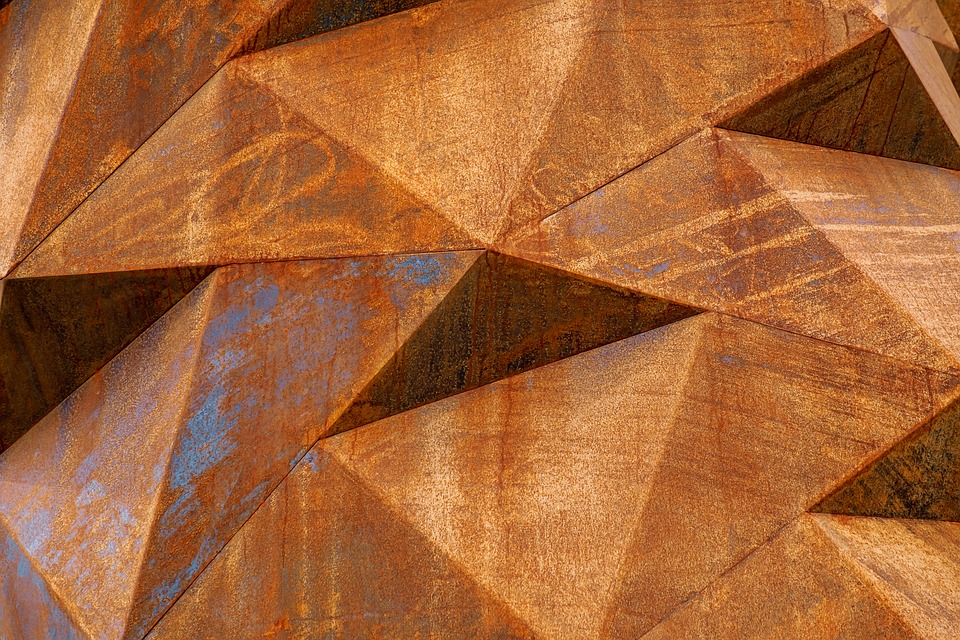Corten steel was a foundational alloy when it was first developed almost a century ago, and it remains critical for numerous applications today. Various equivalent products have been developed using the grade’s base chemistry as a model, however, Corten steel is so well-entrenched in the industry that it remains synonymous with most types of weathering steel.
The underlying principle of Corten steel’s success is an outstanding mix of corrosion-resistance and tensile strength, hence the widely stylised name: COR-TEN. It was first developed by American steelmakers who were looking for a new product suitable for industrial hoppers that were consistently exposed to the elements. The solution was to develop high-strength steel that was prone to self-generating a protective patina at the surface interface. This gave it a characteristic rust-like appearance which was initially purely functional but has become desirable for aesthetic purposes over the years.
Outlining A/B Corten Steel
Corten steel is created using copper (Cu), chromium (Cr), and nickel (Ni) as the primary alloying elements with less than 0.2% carbon (C) present. It is available in two distinct grades, each of which is structurally and chemically distinct from the other.
Corten A is mainly distinguished by additional phosphorous (P), which is generally present in the alloy at concentrations of 0.07 – 0.15%. This imparts enhanced corrosion-resistant properties. Corten B, meanwhile, is not as anti-corrosive but is more suitable for heavy, load-bearing applications.
When to Use Corten A
The self-generating patina of Corten A benefits from the enhanced corrosion-resistant properties of the alloy, enjoying longer-lasting and more robust weatherproof properties. This also enables the use of Corten steel in more harsh environments, such as gas flues and for various components in industrial and hot-working environments.
Corten A is also more suitable for meeting the demands of aesthetic architectural applications. The improved corrosion resistances ensure the attractive, rust-like finish lasts for longer with minimal to no maintenance. In fact, Corten A forms the basis of some of the most famous Corten steel structures around the world.
When to Use Corten B
Corten B is preferable for heavy structural applications due to its enhanced tensile strength. The minimum tensile strength of Corten B strips is approximately 485 N/mm2. This provides significantly improved load-bearing capabilities, which makes Corten B suited for heavyweight fascia and structural elements that are constantly exposed to atmospheric corrosives and weathering conditions.
Corten Steel from Masteel
Masteel is the UK’s leading supplier of Corten steel, providing strips in thicknesses ranging from 2 – 13 mm. If you would like to learn more about the Corten steel products from Masteel, please contact a member of the team directly.

